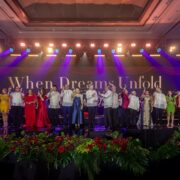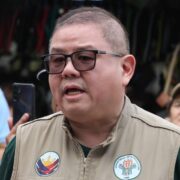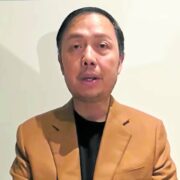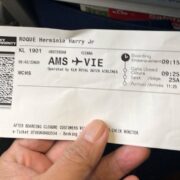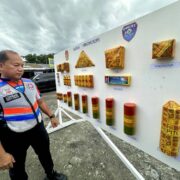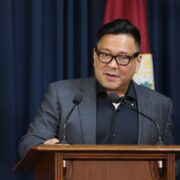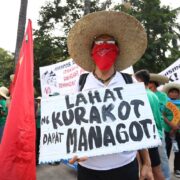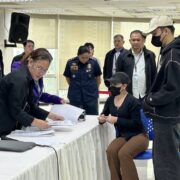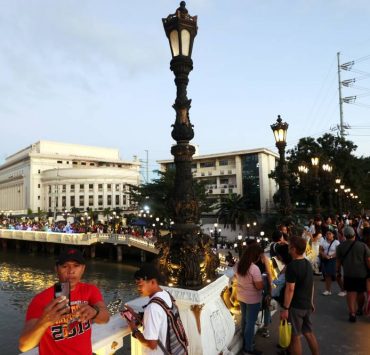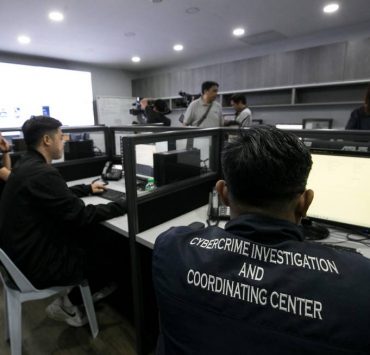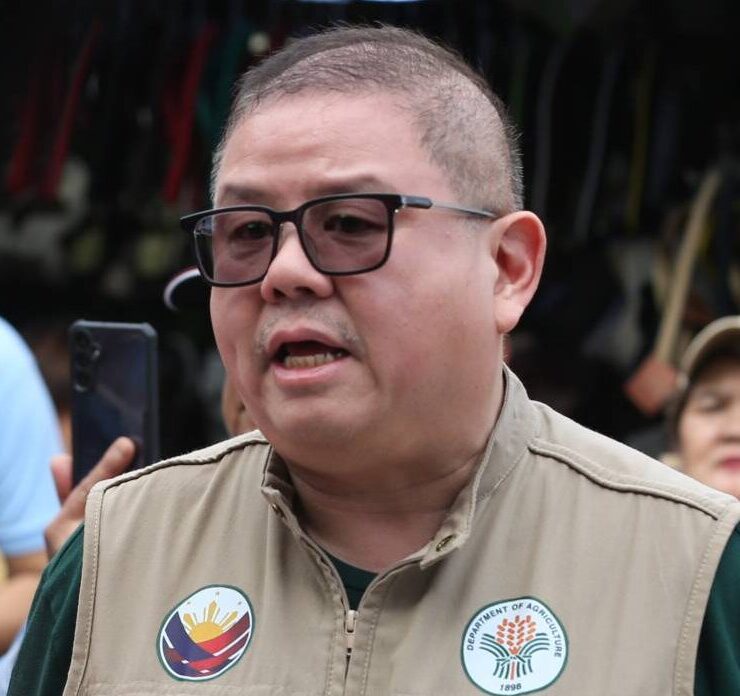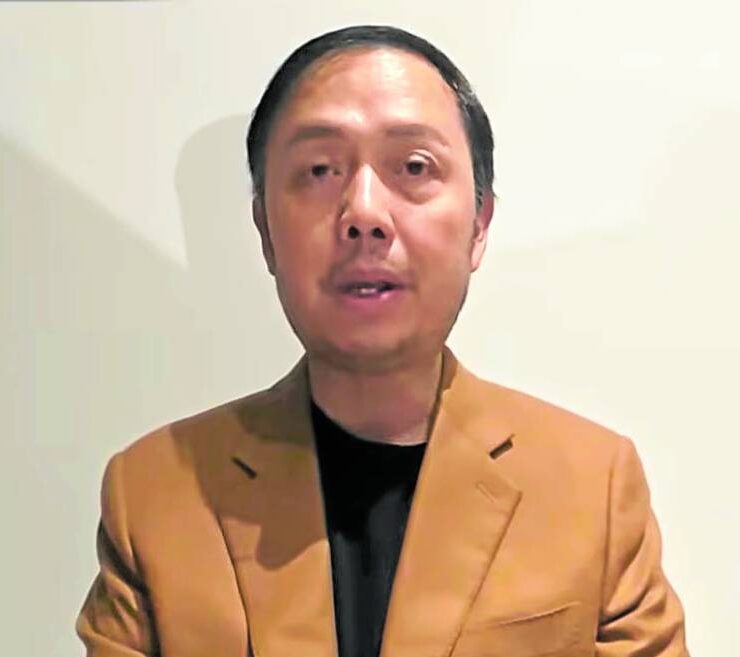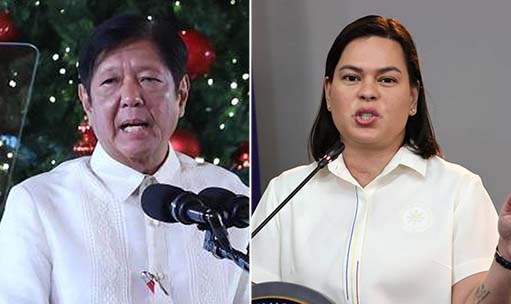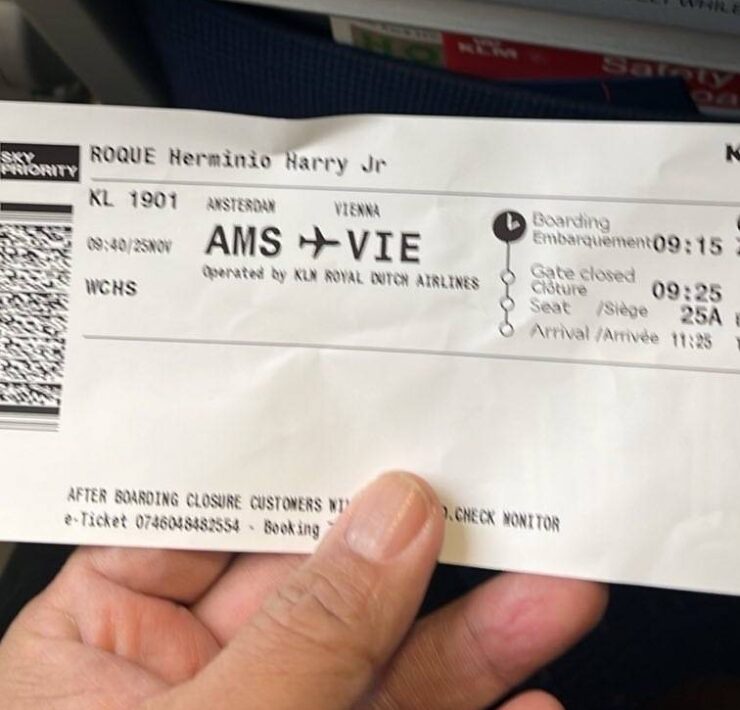Flying high: PAL’s ‘Captain’ Stanley Ng
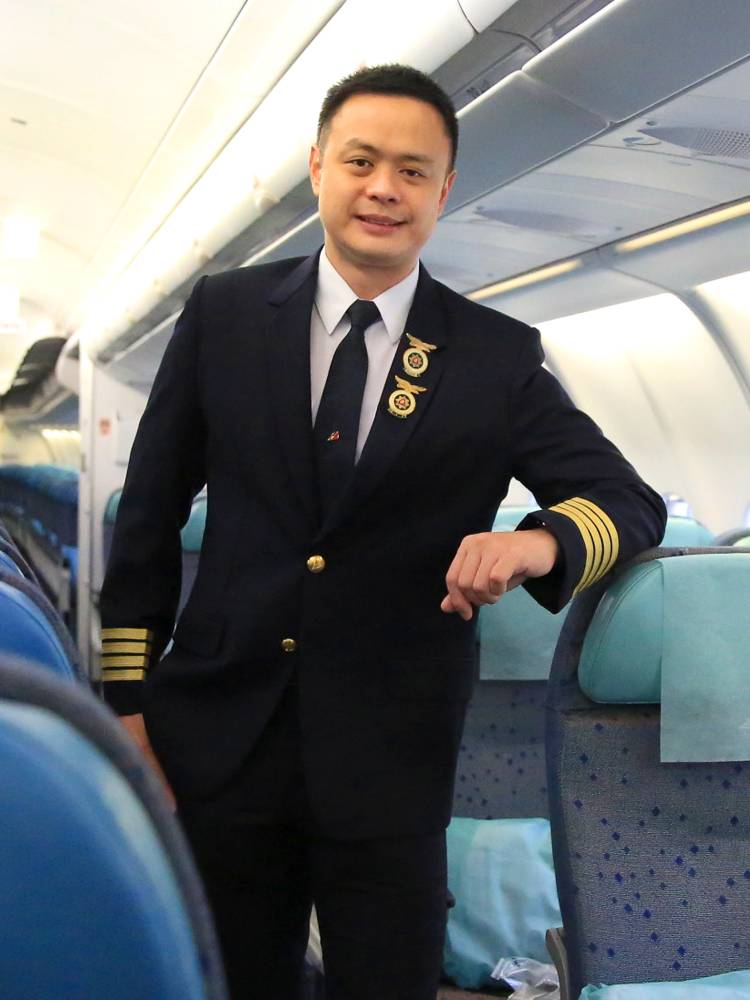
The Captain hardly finishes his lunch. He’s been watching his portions for almost a year now, since work ceased allowing time for gym or basketball.
Stanley Ng is in his Pasay office. “Captain” is just another moniker that he goes by as president and chief operating officer of Philippine Airlines (PAL), the country’s flag carrier. As such, his virtual plate of concerns is much fuller than the business-class meal that he is sampling at the moment.
At the top of those concerns is a perception that PAL’s high-ticket fares are incompatible with unexceptional aircraft and erratic service. Ng says he appreciates the reality that consumers will always want value for their money. For the longest time, he points out, PAL cornered the market, although other airlines that flew the US routes from Manila offered lower prices and were ranked higher for cabin comfort and entertainment. The simple reason was that PAL’s direct routes saved time, a valuable resource. All other routes required long layovers.
In October last year, however, a US carrier started flying between Manila and San Francisco, California. It is the first time that the route is being operated by an airline apart from PAL.
“We are still able to maintain our load factor for the San Francisco route,” says Ng. “We have significantly improved current products and services while waiting for our new airplanes.”
PAL is investing in new aircraft and has been refurbishing existing ones with more comfortable seats and better inflight entertainment. However, the world aviation industry has been bogged down by protracted supply-chain challenges, an outcome of the pandemic. Manufacturers’ production lines have been staggering due to labor shortage and scarcity of materials, and PAL’s deliveries have been delayed. Expected by the year’s end are a couple of new aircraft—an addition to a modest fleet of 77.
This October, says Ng, “The kits to refurbish our Airbus 321 will start coming in. Our Airbus 350-1000 for long-haul flights will arrive in the third quarter of next year. PAL has ordered nine of them.” He vows to continue working closely with stakeholders “to improve provisioning of spare parts and planning of maintenance schedules, and solve other supply chain-related issues.”
As for “erratic” schedules, Captain Stanley’s on it: “Since last quarter of 2023, PAL has achieved reliability and on-time performance comparable to the best airlines in the world.”
Immediately doable
When he became president and chief operating officer in May 2022, Ng worked on what was immediately doable: improve customer experience by making check-in procedures more efficient, expanding and redesigning the new Mabuhay Lounge in Naia 1 and promoting modern Filipino cuisine for certain routes. Aboard, toilets are now cleaned more frequently (in business class, the toilet is freshened up after every use, while the coach class toilet is cleaned every 15 minutes after meal service).
“There are many ways to improve customer experience, starting with these little wins,” the boss points out. Given the prevailing conditions, Ng’s business forecast for 2024 is conservative—modest growth that may still be hampered by surging oil prices and, now, fresh competition.
He has the full support of PAL chair and CEO Lucio Tan. “I bring all issues to his attention and together we discuss solutions,” Ng says. “In the end, he often tells me to just go ahead and do what I have to do.”It just so happens that Tan is his father-in-law. That, Ng maintains, had little to do with his appointment. “I rose through the ranks, all the while working equally well with colleagues, airport personnel, cabin crew, pilots and the back-end people.”
When he joined PAL in 2003, Ng was given an administrative position as customer relations assistant owing to his fluency in Cantonese, Fookien and Mandarin. Although the job did not allow overtime work, he volunteered for four hours after his daily turn to assist in easing up long queues at check-in counters. His only explanation? “Service is in my heart.”
In 2004, Ng enrolled at Philippine Airlines Aviation School where he met his future wife, Lilybeth Tan, now a commercial pilot.
He himself started out flying Boeing—former “Queen of the Skies”—aircraft but soon started piloting more of the even bigger Airbus. Though he is an instructor for Airbus, he remains impartial when asked to compare American and European aircraft manufacturers. “To be honest,” he says, “they are the same. They just name their parts and procedures differently.”
Up and up
After flying commercially for over a decade, Ng was promoted to head of operations in 2019. And then, preparing himself for top management positions, he entered a leadership program at the GE Management Development Institute in Crotonville, New York.
On the recommendation of a colleague, he next enrolled online in the Harvard Business School Advance Management Program (AMP) during the pandemic. “It changed my mindset,” he says. “I learned about contributing to the community.”
One book, specifically, that inspired him to think differently was “From Strength to Strength: Finding Meaning, Success, and Deep Purpose in the Second Half of Life” by Dr. Arthur Brooks, who teaches a course in happiness at Harvard. He read the book after finishing the course.
Combining philosophy with science, Brooks writes that, in one’s advanced years, attachment to successes and to their decline or diminishing returns only results in pain. On the other hand, by prioritizing new learnings, spiritual wisdom and service to humanity, one can reshape the future instead.
How this translated for Ng: “I can’t stay in the same role forever. I owe it to myself to find people who have better ideas and clearer vision, and then I can move on to bigger things. The more I accept that nothing lasts forever, the happier I will be.”
He also developed powerful outlooks from reading “Think Again: The Power of Knowing What You Don’t Know,” by Adam Grant. The book discusses how true creatives are willing to reconsider their positions and how true leaders, by humbly admitting to insufficient knowledge about certain things, find solutions with the help of innovative team players.
“It’s about learning to be confident in areas that you are not familiar with and keeping an open mind when you are challenged,” says Ng. “In a position of leadership, one must learn to listen. That’s the new consciousness.”
High-minded
As a leader, Ng is high-minded. During the holidays, some local airlines simultaneously experienced mechanical mishaps that resulted in cancelled flights. He swiftly leased spare planes to those carriers.
“A few people wondered why I would do that for competitors,” he recalls. “It was clear to me: We made a little money, but we also helped passengers who needed to get back to their provinces. Can you imagine all of them stranded at the airport?”
For this pilot at heart, the cockpit is the most meaningful place on earth. “I feel most comfortable inside the plane,” he says. “Since 2015, I have been teaching would-be pilots. That’s because my other passion next to service is sharing knowledge—yes, I have retained that Harvard Business School mindset. Everything adds up to the person that I am today.”
In his halcyon flying days, Ng collected hats as mementos. “They last longer than t-shirts,” he points out. Nowadays, he is usually seen in his piña polo barong, which takes him from office to cocktails. “It’s been my signature outfit since 2017,” he says. “I love local.”
When his schedule permits, he attends socials to support the organizers. “Some nights, with three events, I make an effort to at least say ‘hi’ to the hosts. You go to parties to create relationships. People should feel that you’re really interested in them and not only as business acquaintances.”
We might add “Mr. Nice Guy” to his list of labels. He demurs. “It’s about genuineness, integrity, fairness—things that I value. More than being nice, it’s doing the right thing at every turn.”

